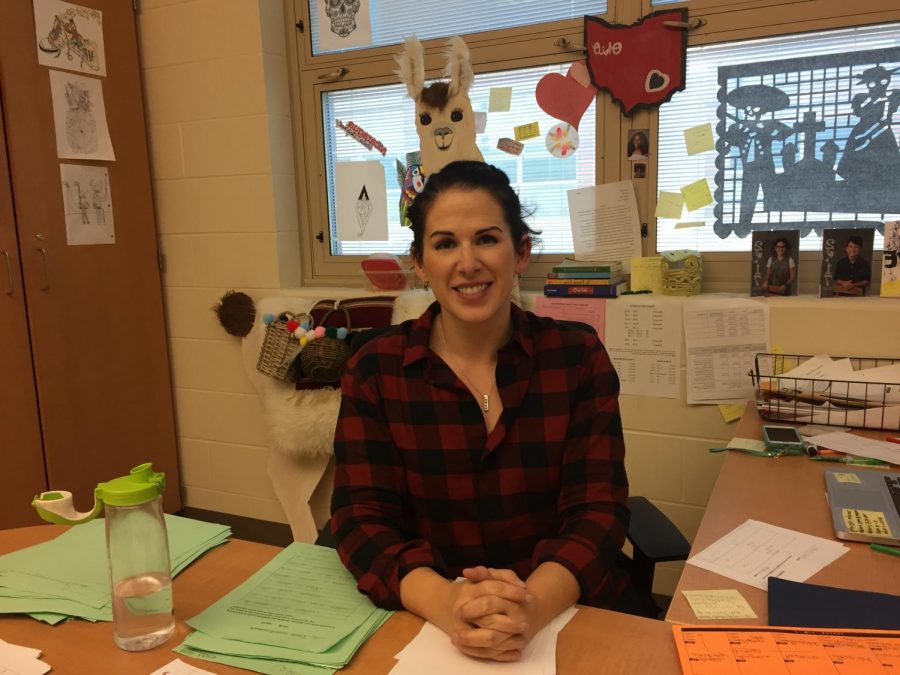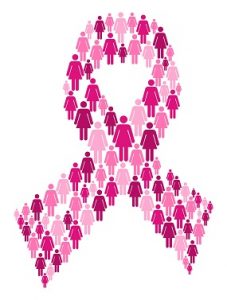An Invisible Illness
Social Anxiety Is Affecting Teens And Education
November 10, 2017
Social anxiety disorder, also known as social phobia, is a mental illness classified by a debilitating fear of being judged or embarrassed in front of other people. The illness causes the patient with social anxiety to avoid social situations that cause overwhelming anxiety (teenmentalhealth.org). According to Medical News Today, social anxiety can be caused by genetics, natural body chemicals, and brain structure. The National Institute of Mental Health reports that social anxiety and other anxiety disorders affect 25% of teenagers.
Social anxiety is identified by a variety of symptoms, usually hidden to others. According to WebMD, the disorder is characterized by self-consciousness in social situations (which may result in stomachaches, extreme shyness, a fast heart rate, dizziness, and crying), a persistent and intense fear of being watched or judged by others, feeling shyness/discomfort when being watched or being the “center of attention,” hesitation or reluctance to talk to others, and physical sensations of anxiety. The sensations include but are not limited to nausea, sweating, blushing, embarrassment, and heart palpitations. The Anxiety and Depression Association of America reports that 6.8% of adults suffer from social anxiety. The illness typically began in their teen years. Teens who believe they may have social anxiety can get a referral from their doctor to see a psychologist, psychiatrist, or another mental health professional.
The high school education of a teenager can be impacted by social anxiety disorder. Dr. Amanda Gamble from MacQuarie University reports that 11.7% of “anxious adults” dropped out of their education because of anxiety. She also states that attention, memory, social interactions, and health in the learning environment are all comprised by social anxiety. However, there are many things that educators can do to assist students who have social anxiety. In the article “How to Help Students Overcome Social Anxiety in the Classroom,” Leigh Ann Whittle recommends teachers to encourage participation without forcing it upon the student. When it comes to learning, very clear instruction eases his or her anxiety. If his or her anxiety has gotten too much to handle, the student could have a signal, like a colored notecard, to place on the desk. The teacher would then know that the student needs a break.
Social anxiety is a mental illness with hidden symptoms that can impact the learning of high school students. It is possible for educators to help make the learning environment safer for those students.













KyKy • Jun 27, 2018 at 11:53 am
In highschool, college and my early professional career — thank god I made it — I could never fit in. I never felt comfortable. It was painful meeting friends and going to events. I was taking 3 medications.
I decided to understand WHY this was happening to me, and realized there are countless people who were in worse situations than myself who climbed out of it.
For anyone reading this I’ve been looking into everything and found so much great help and support, like facebook groups, this free guide http://www.forgetmyanxiety.com/isr-method-now and just believing in my self. You can do this, we only get life once.
How much is that worth?